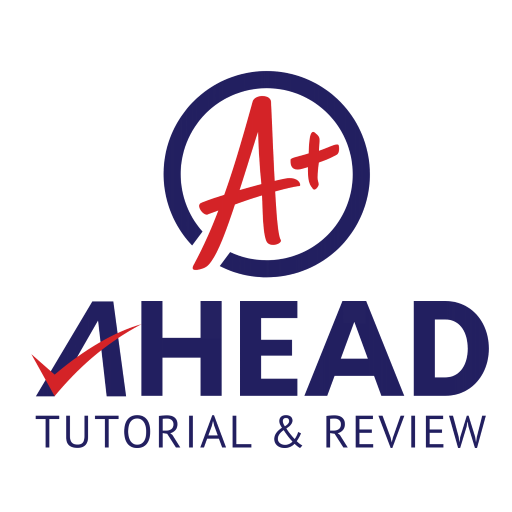Physics lesson for grade schoolers
Motion is perhaps one of the simplest and yet one of the least understood aspects of physics. While we take motion for granted in our lives from walking to running, we hardly understand what leads to it as well as the laws governing it, says Jonathan del Rosario, a science tutor at AHEAD Tutorial & Review Center.
Discussing Isaac Newton’s Three Laws of Motion is a good jump-off point for any lesson in physics. And a great way of illustrating Newton’s laws is by going through the movements in a simple game of basketball, says science tutor Jonathan.
According to Newton’s First Law, an object at rest will remain at rest and an object in motion will continue to be in motion if no force either changes or stops its.
Let’s start the game with the ball lying on the floor. The ball will remain on the floor if no one plays with it. It won’t be passed among the players, nor dribbled or shot. In other words, the ball is idle, according to the law of inertia or the ability of an object to resist change.
In Newton’s Second Law of Motion, how fast an object in motion speeds up or slows down depends on the force directed on the object as well as its mass.
In this case, we have a basketball being passed and dribbled. How fast the ball goes from one player to another depends on how strongly it was passed as well as how heavy it is. If a player goes for a three-point shot play, it would still follow Newton’s Second Law of Motion as the player throws the ball with such force and accuracy that it flies through the court and goes through the hoop.
In Newton’s Third Law, every action results in an equal and opposite reaction. Thus, a basketball being passed onto a player may offer a degree of resistance, which may explain some of the fumbles on the court. More illustratively, when a boxer hits a punching bag, the bag will swing back in reaction to the force of the punch, hitting the boxer back if he’s not too fast on his feet to avoid it.
If you’re having problems understanding any of these concepts, then you might need some academic tutorials. For more information on one-on-one tutorials, e-mail info@ahead.edu.ph or click here.
(Key words: science tutor, tutorial, review center, academic tutorial, one-on-one tutorials)

i like the way you presented this topic, it really helps if kids can imagine actual applications of scientific rules and theories. more articles like this please. :)
yes! more physics articles please. i need a mega boost on this subject :(
Can we get something like this on electromagnetic waves please? It will be a big help. :)